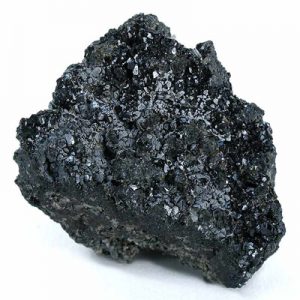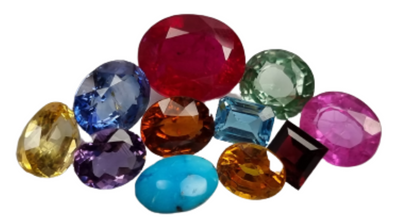
Cassiterite: Gemstone Information
Cassiterite, SnO2, is the principal ore of tin. When transparent material is faceted its high dispersion (0.071) and uniaxial positive RI 2.003 and 2.101 for the ordinary and extraordinary rays respectively, combine to produce an attractive and brilliant stone; most cassiterite crystals are more or less heavily included or opaque black. Cassiterite forms prismatic crystals of the tetragonal system, characterized by square cross-section and steep pyramidal forms; geniculate twins are common. Cassiterite has a hardness of about 6.5 and SG of 6.95. The luster is adamantine. Cassiterite shows no luminescence and no distinctive absorption spectrum.
Colorless specimens rarely occur, most gem-quality specimens inclining to brown. Cassiterite can be distinguished from brown diamond, brown zircon and sphene by its greater density; from zircon by the absence of any typical absorption lines; from sphene by the absence of (or a much weaker)dichroism and from diamond by the DR of 0.098.Cassiterite occurs in medium- to high-temperature hydrothermal veins. In Cornwall, England, a source has been known since Roman times. Facetable cassiterite is usually from Bolivia though some dark-colored Cornish crystals have been cut. Orange to purple cassiterite has been found in Sri Lanka and a botryoidal laminated variety in the Bolivian tin deposits.




